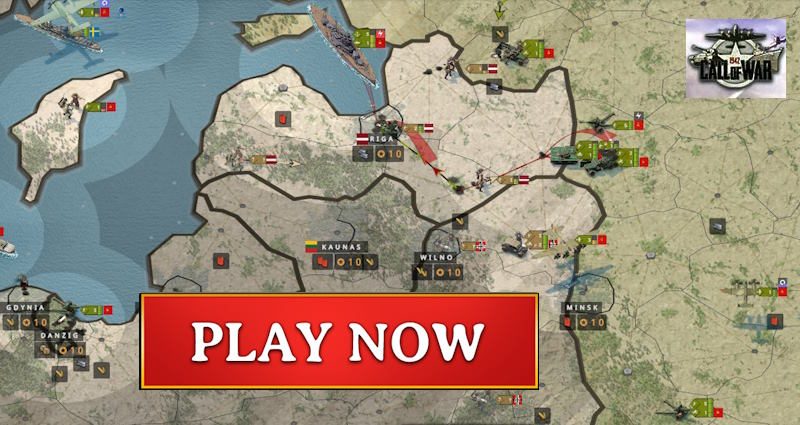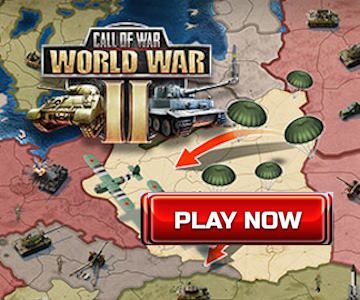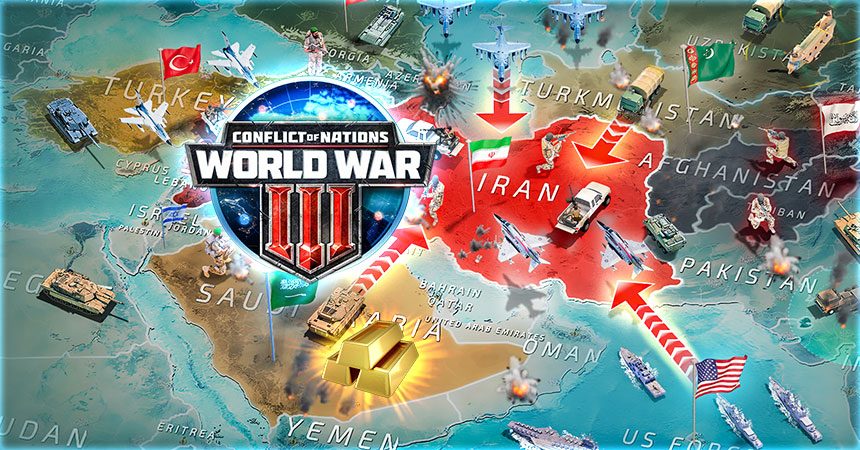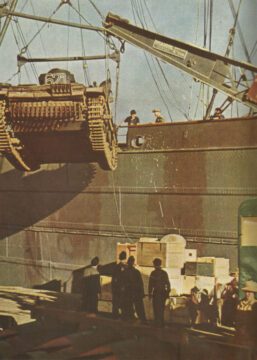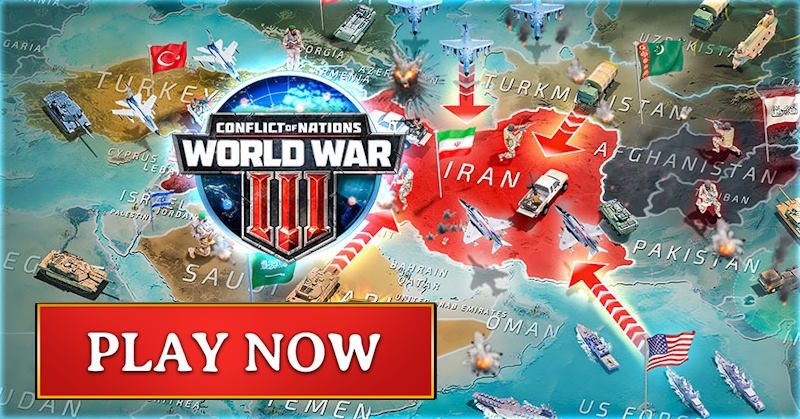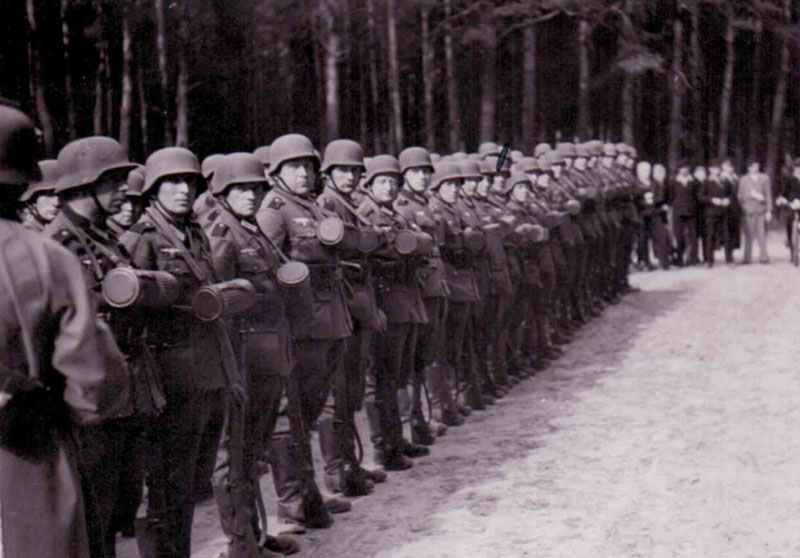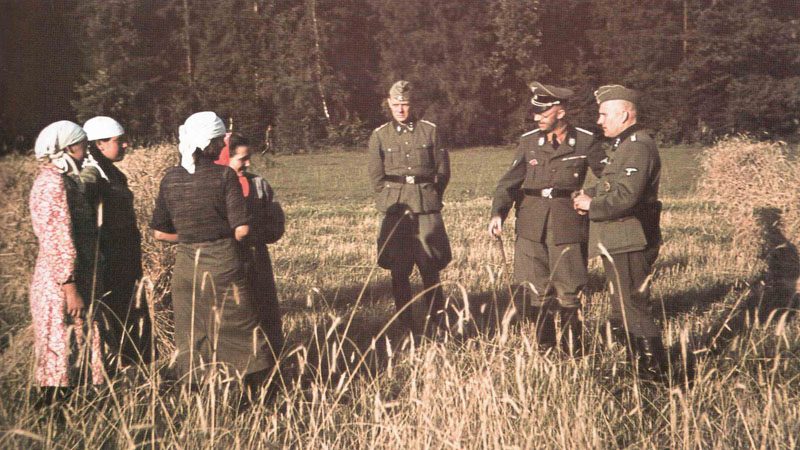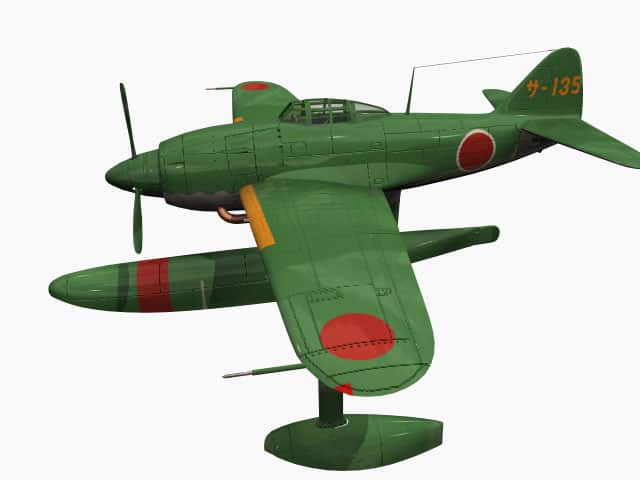Organization of the formations and units of the German Army from the Polish campaign til Operation Barbarossa 1941.
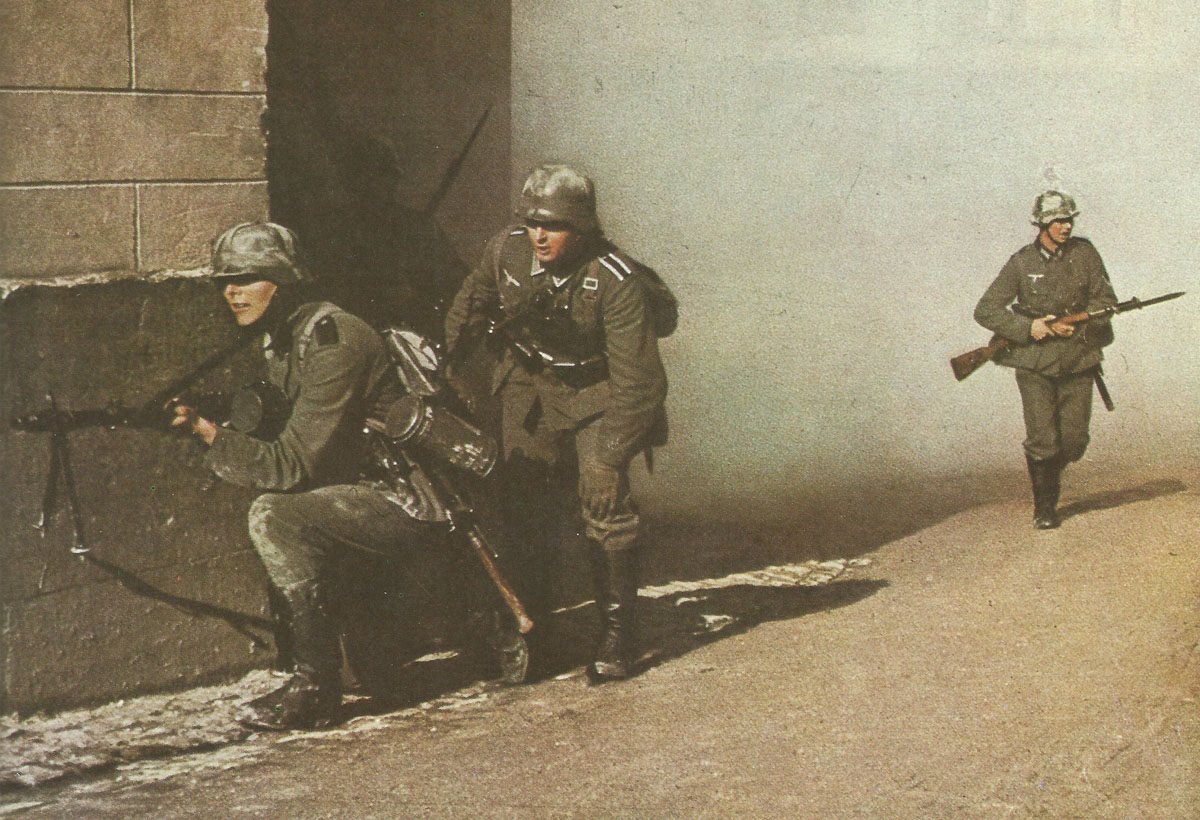
Organization of the German Army at the Beginning of WW2
Table of Contents
Overview
At the outbreak of World War II in September 1939, the German Army (Heer) utilized a hierarchical structure with the following main unit types:
Command Structure
– OKW (Oberkommando der Wehrmacht): Supreme High Command of all German armed forces
– OKH (Oberkommando des Heeres): High Command of the Army specifically
Major Unit Organization
– Army Group (Heeresgruppe): Commanded by a Field Marshal (Generalfeldmarschall); Typically consisted of 2-5 armies; Strategic-level formation for major theater operations
– Army (Armee): Commanded by a Colonel General (Generaloberst) or General (General); Typically consisted of 2-5 corps; Approximately 150,000-300,000 men
– Corps (Korps): Commanded by a General (General) or Lieutenant General (Generalleutnant); Typically consisted of 2-5 divisions; Approximately 40,000-80,000 men
– Division (Division): Primary tactical unit of the German Army; Commanded by a Major General (Generalmajor); Approximately 15,000-17,000 men in infantry divisions
Main division types:
– Infantry Division (Infanterie-Division)
– Panzer Division (armored)
– Motorized Infantry Division (later Panzergrenadier)
– Mountain Division (Gebirgs-Division)
– Light Division (leichte Division)
Infantry Division Structure
– Infantry Regiment (Infanterie-Regiment): 3 regiments per division; Commanded by a Colonel (Oberst); Approximately 3,000 men each
– Infantry Battalion (Infanterie-Bataillon): 3 battalions per regiment; Commanded by a Major or Lieutenant Colonel; Approximately 800-1,000 men
– Infantry Company (Infanterie-Kompanie): 3-4 companies per battalion; Commanded by a Captain (Hauptmann); Approximately 150-200 men
– Platoon (Zug): 3-4 platoons per company; Led by a Lieutenant (Leutnant); Approximately 40-50 men
– Squad (Gruppe): 3-4 squads per platoon; Led by a Sergeant (Unteroffizier); Approximately 10-13 men
Panzer Division Structure
Initially about 11,000-13,000 men equipped with 200-300 tanks organized into:
– 1-2 Panzer Regiments
– 1-2 Motorized Infantry Regiments
– Artillery Regiment
– Reconnaissance Battalion
– Anti-tank Battalion
– Engineer Battalion
– Signal Battalion
– Services units
By September 1939, the German Army fielded approximately 3.7 million men organized into 103 divisions, of which only 10 were armored (Panzer) divisions.
Top Organization
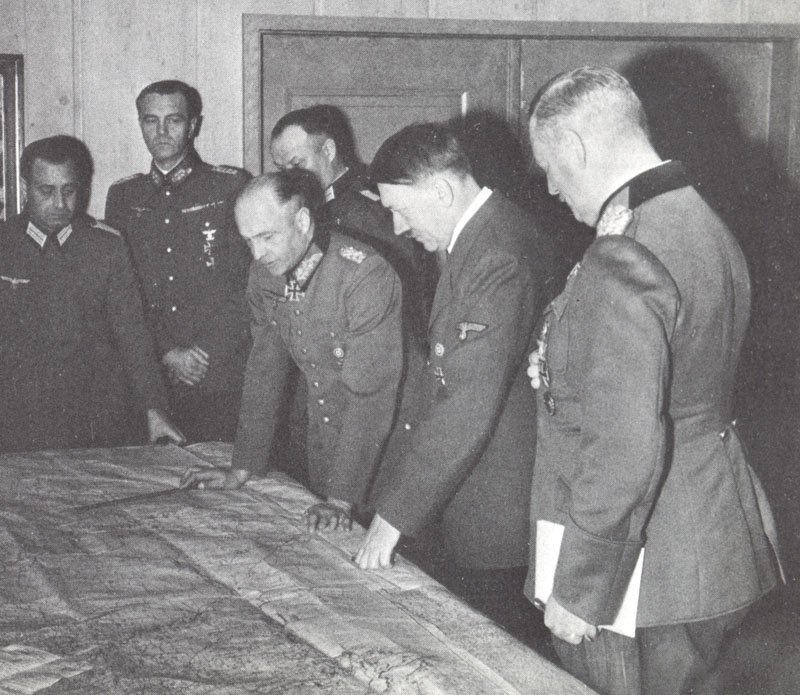
In March 1939, the Wehrmacht Supreme Command Oberkommando der Wehrmacht – or OKW for short – was founded to control the operations of the German armed forces. Its chief was Colonel General Keitel. The army was led by the Army High Command Oberkommando des Heeres – OKH for short – with its general staff. Hitler was commander-in-chief of the Wehrmacht, i.e. of all German armed forces.
In 1939 the German Reich was divided into thirteen geographical military districts, each of which provided the personal for a number of divisions and the regiments’ home bases.
At the time of the mobilization on 26 August 1939, the German army had 51 divisions: 35 infantry divisions, 4 motorized infantry divisions, 5 Panzer (tank) divisions and one tank brigade, 4 light divisions and 3 mountain divisions.
After the mobilization this peace army was strengthened by 16 reserve divisions, 21 ‘Home Guard’ divisions and 14 supplementary divisions. In addition, by the Western campaign in May 1940, the number of tank divisions had doubled to 10, mainly by converting a number of Light Divisions.

The most important formations in the German army were the division, which consisted of one of the five basic types: infantry, motorized infantry, tank, light or mountain divisions.
The Infantry Divisions
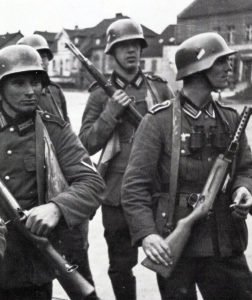
Infantry divisions were set up in waves and the divisions of each wave varied in size, organization and equipment, depending on the availability of men and material and their intended use in the field.
The 35 divisions set up as part of the original wave still had a total strength of almost 18,000 men, while the following wave had a total strength of about 15,000 men. The divisions set up with the third and fourth waves had significantly less artillery support than the previous formations.
An infantry division consisted of three infantry regiments (approx. 3,000 men each) and one artillery regiment, as well as supporting division units, such as the anti-tank, signal and reconnaissance Abteilung, as well as ambulance and supply services, the engineer battalion and a field replacement battalion.
In contrast to the practice in most other armies, the engineer battalion and reconnaissance Abteilung were also combat units, often leading the attacks with flamethrowers and anti-tank guns.
In the Wehrmacht, the Abteilung was a formation of varying strength, somewhere between a regiment, battery or squadron. It approximated to the British battalion, artillery regiment or tank regiment.
Another feature of the German army was the decentralization of heavy weapons within the division, so that each regiment had its own anti-tank and infantry gun companies.
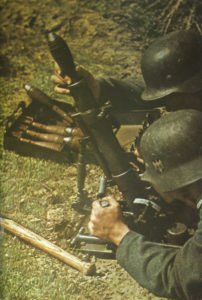
The infantry regiment had its own headquarters with a staff company and a messenger, bicycle and engineer platoon.
In the infantry battalion there were three rifle companies (about 180 men with one anti-tank platoon), one machine gun company with three machine guns platoons (12 men each and two heavy machine guns) and one heavy mortar platoon with three groups of 19 men each with two 8.1 cm mortars (grenade launchers).
The battalion was divided into one machine-gun company and three rifle companies only in infantry divisions of the first wave, while the divisions of subsequent waves had mixed companies.
The firepower of the regiment consisted of:
26 heavy machine guns,
85 light machine guns MG34,
18 8.1-cm grenade launchers,
27 5-cm grenade launchers,
12 3.7cm PAK 36 anti-tank guns,
6 7.5-cm infantry guns and
Two 15-cm infantry guns.
The artillery regiment was divided into three field artillery Abteilung (sections), each with three batteries of four 105 mm leFH 18 field guns.
The Medium Artillery section was originally not a division unit, which was only made available to the artillery regiment. Later, however, it became an integral part of the infantry divisions of the first wave.
Motorized infantry divisions
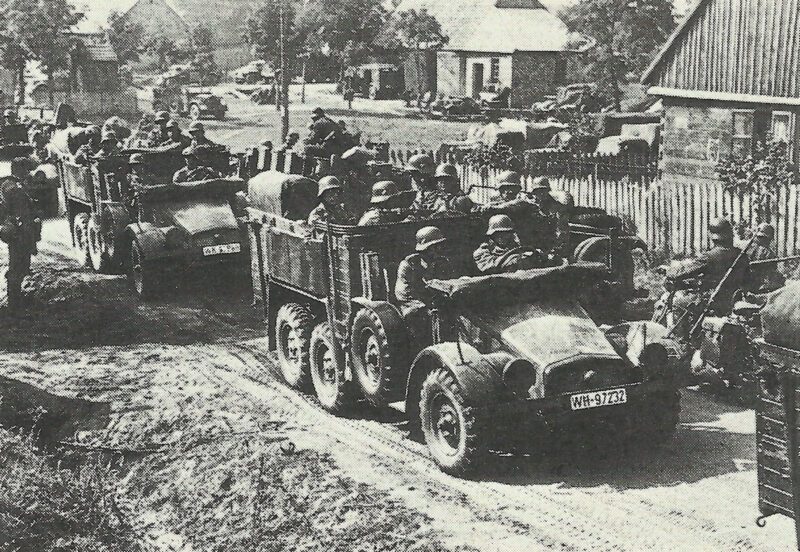
The motorized infantry divisions were supposed to keep pace with the fast advancing tank divisions and were therefore completely equipped with motor vehicles.
During the Polish campaign there were four motorized infantry divisions, each consisting of three infantry regiments and one motorized artillery regiment. After the campaign, however, they lost their third infantry regiment, as these formed additional tank divisions.
Artillery units
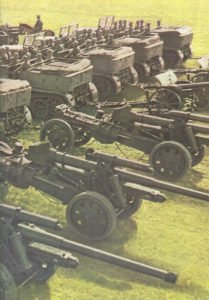
In addition to division artillery, which could differ in equipment and organization in each division, armies and corps also had their own additional batteries of medium and heavy artillery.
These batteries could appear in the caliber size from the 88 mm gun Flak gun to the gigantic 60 cm siege mortar Karl on self-propelled mount, the Karl mortar. Depending on requirements, these artillery batteries were used by the higher staffs or assigned to subordinate units for reinforcement at battle focal points.
Most of the heavy anti-aircraft batteries were under the command of the Luftwaffe, but were assigned to the army for special tasks.
Armored Divisions
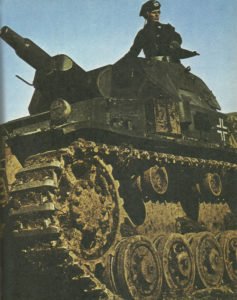
The Panzer division during the Polish and Western campaigns consisted of two tank regiments with two battalions each to four companies with 32 tanks each. On paper, this resulted in a total of 561 tanks, including reserve and staff vehicles.
In practice, however, the tank strength at the time of mobilization was clearly below this TOE strength and was on average around 320 vehicles strong.
The division was equipped with a combination of Panzer I and Panzer II light tanks, armed only with machine guns or a 2-cm fast-fire cannon, Czech Panzer 35(t) and Panzer 38(t) and some modern Panzer III and Panzer IV medium tanks.
Each of the tank divisions had two fully motorized infantry regiments, which were to be renamed Panzer Grenadieres in 1942.
The reconnaissance battalion was equipped with armored reconnaissance vehicles and motorcyclists, and the division also had its own motorized battalion for signals/communications and other services.
The success of the German tank formations in the Blitzkrieg was not due the quality of their tanks, which in some respects were inferior to those of their opponents from 1940 to 1942, but in their organizational and tactical superiority. This made it possible for the Panzer divisions to be the sharp blade of the German army.
[amazon_link asins=’1904687466,B074ZMJ74N,1782745920′ template=’ProductGrid’ store=’wwto-20′ marketplace=’US’ link_id=’dd243bb4-b449-4a53-b6a6-1e90c4445475′]
Light divisions
The original Light Divisions set up in 1937 and 1938 were motorized cavalry formations that varied in their organization. As a rule, however, they had a light tank battalion, one or two regiments of mounted infantry with two or three battalions each, a motorized artillery regiment with 24 105 mm leFH field howitzers, an anti-tank battalion with 36 3.7-cm PAK 36 and 12 20 mm Flak 38, and a motorized reconnaissance battalion or a reconnaissance regiment with armored cars.
They were not sufficiently armed and armored for a divisional unit, and after the Polish campaign they were upgraded to tank divisions.
At the beginning of 1940, however, four infantry divisions were again transformed into ‘Light Divisions’, although their structure was now more that of an infantry division.
Mountain Divisions
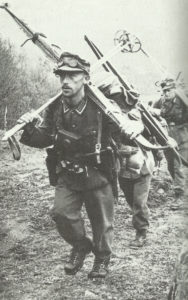
The three mountain divisions were organized similarly to the usual infantry divisions, although their organization in the field varied according to circumstances.
The typical strength was two infantry regiments, each consisting of three battalions. Each battalion consisted of five companies.
Taking into account their intended use, the mountain divisions had a large share of light and easy-to-handle equipment.
The artillery regiment therefore had two Abteilungen (sections) with eight 7.5 cm guns each, one section with eight 10.5 cm guns and one section with eight 15 cm guns.
The anti-tank Abteilung consisted of 24 motorized 3.7-cm PAK 36 and was supplemented by the two regimental anti-tank companies, each of which had nine 3.7-cm-Pak and three (Czech) 4.7-cm-Pak.
In the mountains or in rugged areas, the mountain divisions proved to be successful. Their flexible structure, which was based on the battalion instead of the regiment, as well as their first-class training made them powerful opponents, and they had an elite status within the Wehrmacht.
In open terrain, however, against conventionally equipped enemy units, they suffered from their lack of heavy equipment and firepower.
Cavalry units
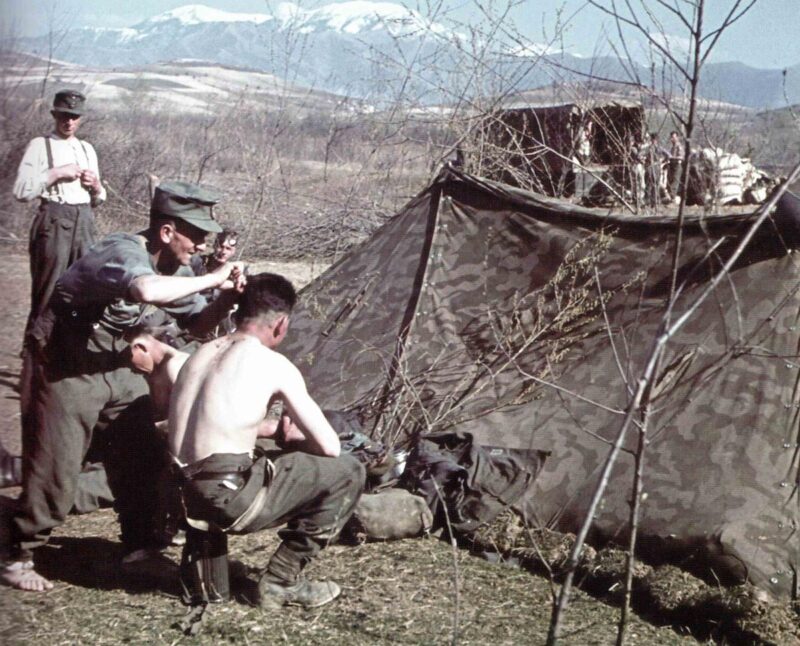
Until 1939 there was only one cavalry formation in the German army, the 1st cavalry brigade. It should be noted, however, that the use of horses for a variety of tasks was widespread and remained so throughout the Second World War.
The brigade consisted of two mounted cavalry regiments and a battalion with mounted artillery. The regiments were divided into four cavalry squadrons and one ‘heavy’ squadron with six 8 cm mortars and four 7.5 cm cannons with a total strength of about 1,400 men each.
Even in the Blitzkrieg there was still room for the cavalry, because on 25 October 1939 the brigade was renamed to the 1st cavalry division and strengthened in December with the 2nd cavalry brigade.
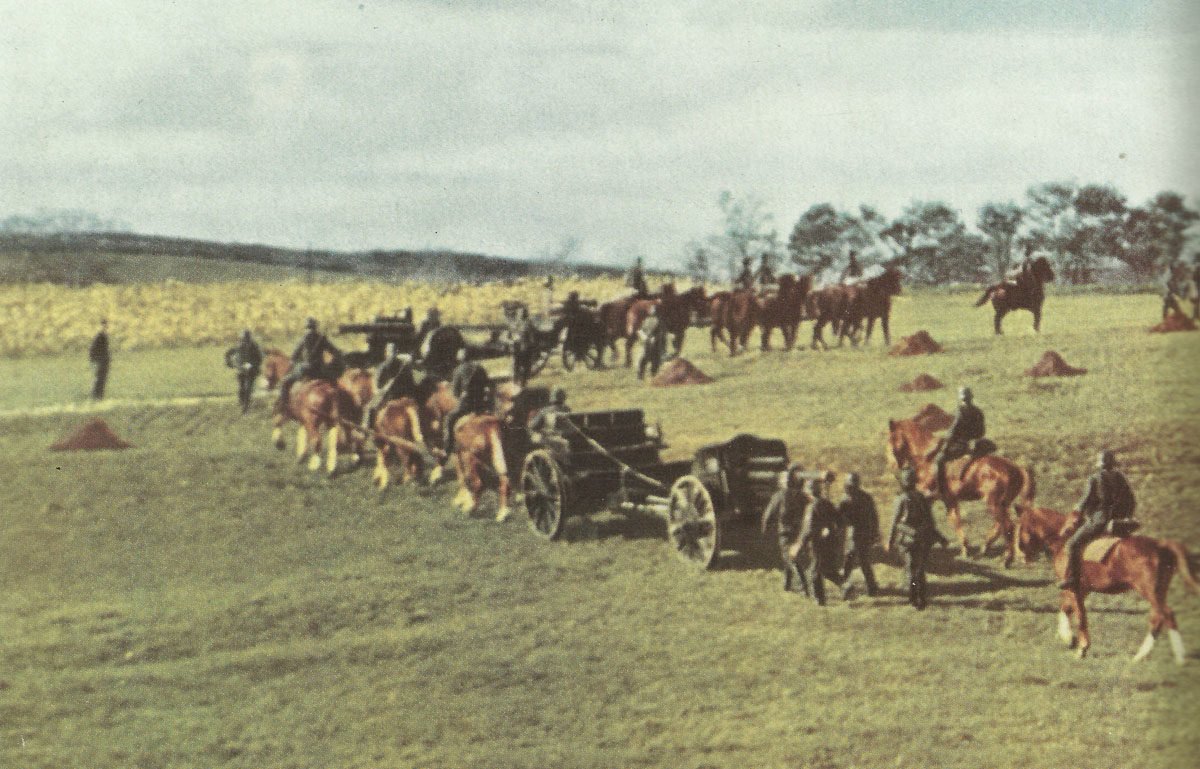
Development of the number of divisions up to 1941
The decisive and lightning, but hard-fought victory over Poland with losses of 10,600 killed, 30,000 wounded and 3,400 missing, surprised the world.
Now Hitler could ignore the few remaining voices in the Wehrmacht that advised caution, and the German forces were transferred to the West for the invasion of France and the Low countries.
Until May 1940 the Wehrmacht had the following divisions:
129 infantry divisions,
4 motorized infantry divisions,
4 light motorized infantry divisions,
10 tank divisions,
3 mountain divisions and
1 cavalry division.
In addition, the SS Verfügungstruppe (‘disposal troops’; from April 1940 known as Waffen-SS) provided three motorized infantry divisions and a brigade.
At that time there were two and a half million men in the German army, of which the Waffen-SS contributed about 100,000.

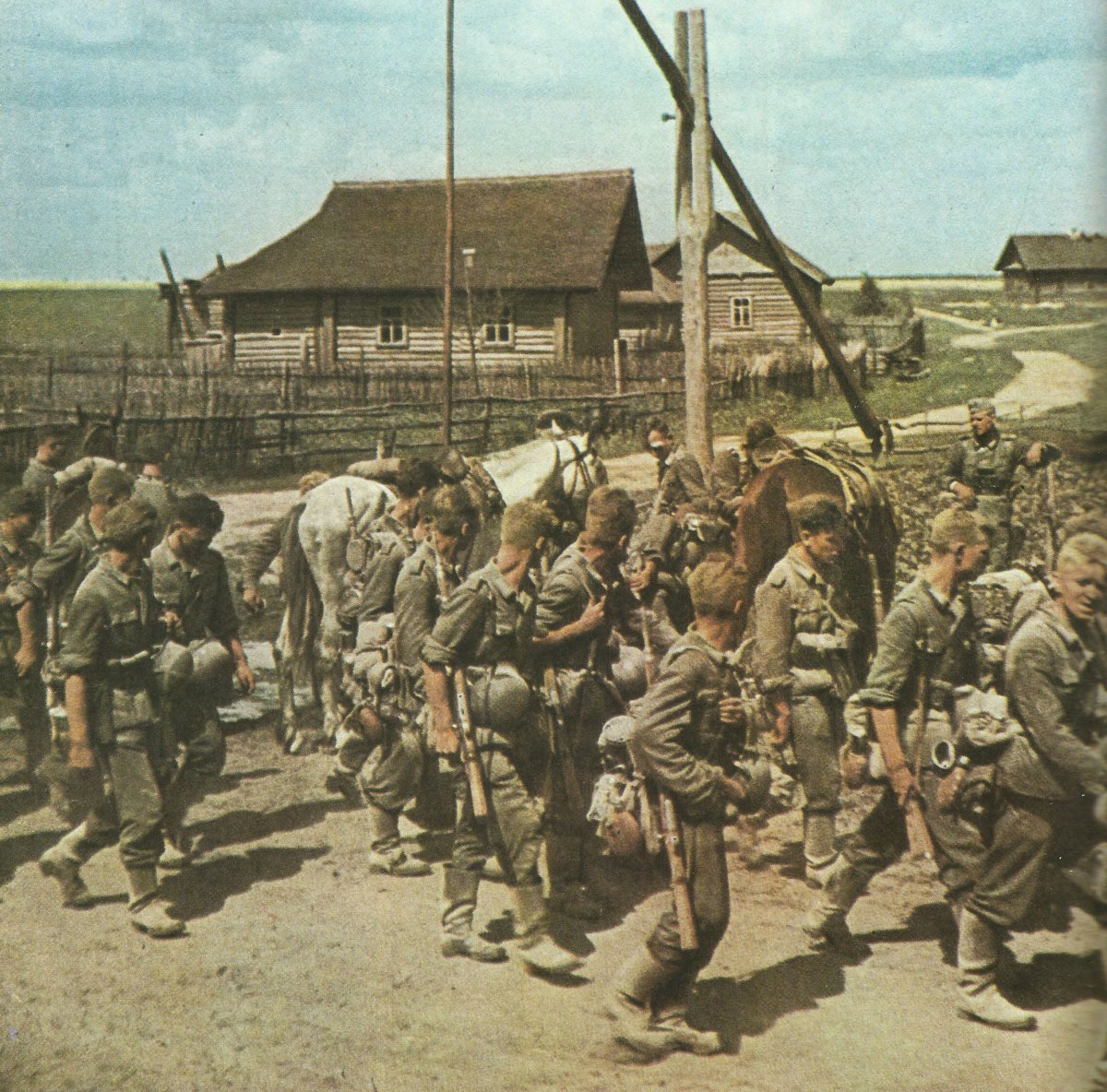
Until the start of Operation Barbarossa, the attack on Soviet Russia, the organization of the German divisions was identical to that of the Western campaign in 1940.
But since more tank divisions were needed, they now had a total strength of 15,600 men with 150 to 200 tanks. They consisted of a tank regiment with two or three battalions of three companies each, a Panzergrenadier brigade of two or sometimes three regiments, an artillery regiment and the usual support units, including strong battalions of anti-tank and reconnaissance troops.
For the attack on Russia, the Wehrmacht deployed
120 infantry divisions,
14 motorized infantry divisions and
19 tank divisions
with a total of 3,680 tanks and 2.5 million men.
The Wehrmacht alone had 175 infantry divisions in June 1941.

TOE strengths German division
Approximate organization strength of the major types of the German Army divisions in 1939:
| Infantry Division | motorized Infantry Division (1939) | Mountain Division | Panzer Division (1939-40) | Light Division | |
|---|---|---|---|---|---|
| Units total | 87 | 4 | 3 | 5 | 4 |
| Officers | 500 | = | ? | 400 | 400 |
| Officials | 100 | = | ? | 100 | 100 |
| NCOs | 2,500 | = | ? | 2,000 | 1,600 |
| Privates | 13,400 | = | ? | 9,300 | 8,700 |
| Total men | 16,500-17,200 (35 divisions of 1st wave 18,000 | 16,500 | 13,056 | 11,800 | 10,800 |
| Infantry Regiments | 3 with 3,000 men each | = | 2 with 3,000 men each | 2 with 3,000 men each | 1 or 2 with 2,000 or 3,000 men each |
| Machine guns MG34 | 643 (116 heavy) | = | 569 | 220 | 460 |
| Anti-tank rifles | 90 | = | - | ||
| Mortars | 142 (84 x 5cm, 58 x 8.1cm) | = | 118 (60 x 8.1cm, 58 x 5cm) | 50 | 60 |
| Infantry guns | 24 (6 x 15cm, 18 x 7.5cm) | = | 4 (15cm) | 10 | 10 |
| Anti-tank guns | 75 (3.7cm Pak 36) | = | 51 (45 x 3.7 cm, 6 x 4.7cm) | 50 | 50 |
| Howitzers and guns | 48 (8 x 15cm, 36 x 10.5cm leFH, 4 x 10.5cm guns) | = | 36 (8 x 15cm, 12 x 10.5cm, 16 x 7.5cm) | 28 | 24 (10.5cm leFH) |
| Anti-aircraft guns (2cm) | 11 | = | 12 | 12 | 12 |
| Armored Cars | 3 | 30 | - | 100 | 100 |
| Tanks | - | - | - | 324 | 86 |
| Trucks | 500 | 1,700 | - | 1,400 | 1,400 |
| Cars | 400 | 1,000 | - | 560 | 600 |
| Motorcycles | 452 | 1,300 | - | 1,300 | 1,100 |
| Sidecars | 200 | 600 | - | 700 | 600 |
| Horses | 5,375 | - | ? | - | - |
| Horse-drawn carriages | 1,133 | - | ? | - | - |
Approximate organization strength of the major types of the German Army divisions in 1941:
| Infantry Division | motorized Infantry Division (1940-41) | Air landing Division 1941 | Panzer Division 1941 | motorized Waffen-SS Division | |
|---|---|---|---|---|---|
| Officers | 500 | c. 400 | 500 | 400+ | c. 600 |
| Officials | 100 | 100 | 100 | 100 | ? |
| NCOs | 2,500 | c. 1,700 | 2,500 | 2,000+ | c. 2,500 |
| Privates | 13,400 | c. 12,500 | 13,400 | 9,300+ | c. 18,750 |
| Total men | 16,500 (35 divisions of 1st wave 18,000) | c.13,500 | 15,976 | 15,600 | c. 20,000 |
| Infantry Regiments | 3 with 3,000 men each | 2 with 3.000 men each | 2 or 3 with 3,000 men each | 2 with 3,000 men each | 3 with 3,000 men each |
| Machine guns MG34 | 547 | c. 678 | 500 | c. 327 | 876 |
| Anti-tank rifles | 90 | - | ? | - | - |
| Mortars | 142 (54 x 8.1.m, 84 x 5cm) | 108 (42 x 8.1cm, 66 x 5cm) | 140 (54×8.1cm, 86x5cm) | 78 (30 x 8.1cm, 48 x 5cm) | 156 (60 x 8.1 cm, 96 x 5 cm) |
| Infantry guns | 26 (6 x 15cm, 20 x 7.5cm) | 20 (4 x 15cm, 20 x 7.5cm) | ? | 24 (4 x 15cm, 20 x 7.5cm) | 28 (6 x 15cm, 22 x 7.5cm) |
| Anti-tank guns | 72 (66 x 3.7cm, 6 x 5cm) | 63 (54 x 3.7cm, 9 x 5cm) | 36 | 51 (42 x .,7cm, 9 x 5 cm) | 75 (66 x 3.7cm, 9 x 5cm) |
| Howitzers and guns | 48 (12 x 15cm, 36 x 10.5cm leFH ) | 36 (12 x 15cm, 24 x 10.5cm leFH) | 24 (10.5cm recoilless) | 42 (24 x 10.5cm leFH, 12 x 15cm, 6 x 15cm SIG33 SP-guns) | 48 (12 x 15cm, 36 x 10.5cm leFH) |
| Anti-aircraft guns | 11 | 11-12 | 12 | 11-12 | 30 (2 x 2cm, 4 x 8.8 cm, 24 x SdKfz 10/4) |
| Armored Cars | 2-3 | 26 | - | 68 | 34 |
| Tanks | - | - | - | 162 | 7 (StuG III) |
| APC's | 14 | 105 | - | 110 | 109 |
| Motor vehicles | 942 | 2,041 | - | c. 1,960 | 2,910 |
| Motorcycles | 452 | 1,300 | - | c. 1,300 | c. 1,700 |
| Horses | 5,375 | - | - | - | - |
| Horse-drawn carriages | 1,133 | - | - | - | - |

References and literature
The Armed Forces of World War II (Andrew Mollo)
Operation Barbarossa: the Complete Organisational and Statistical Analysis, and Military Simulation, Volume I – IIIB (Nigel Askey)
World War II – A Statistical Survey (John Ellis)
Kraftfahrzeuge und Panzer der Reichswehr, Wehrmacht und Bundeswehr (Werner Oswald)


